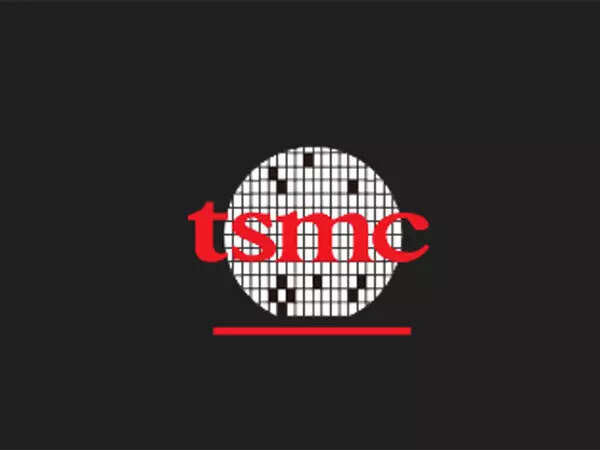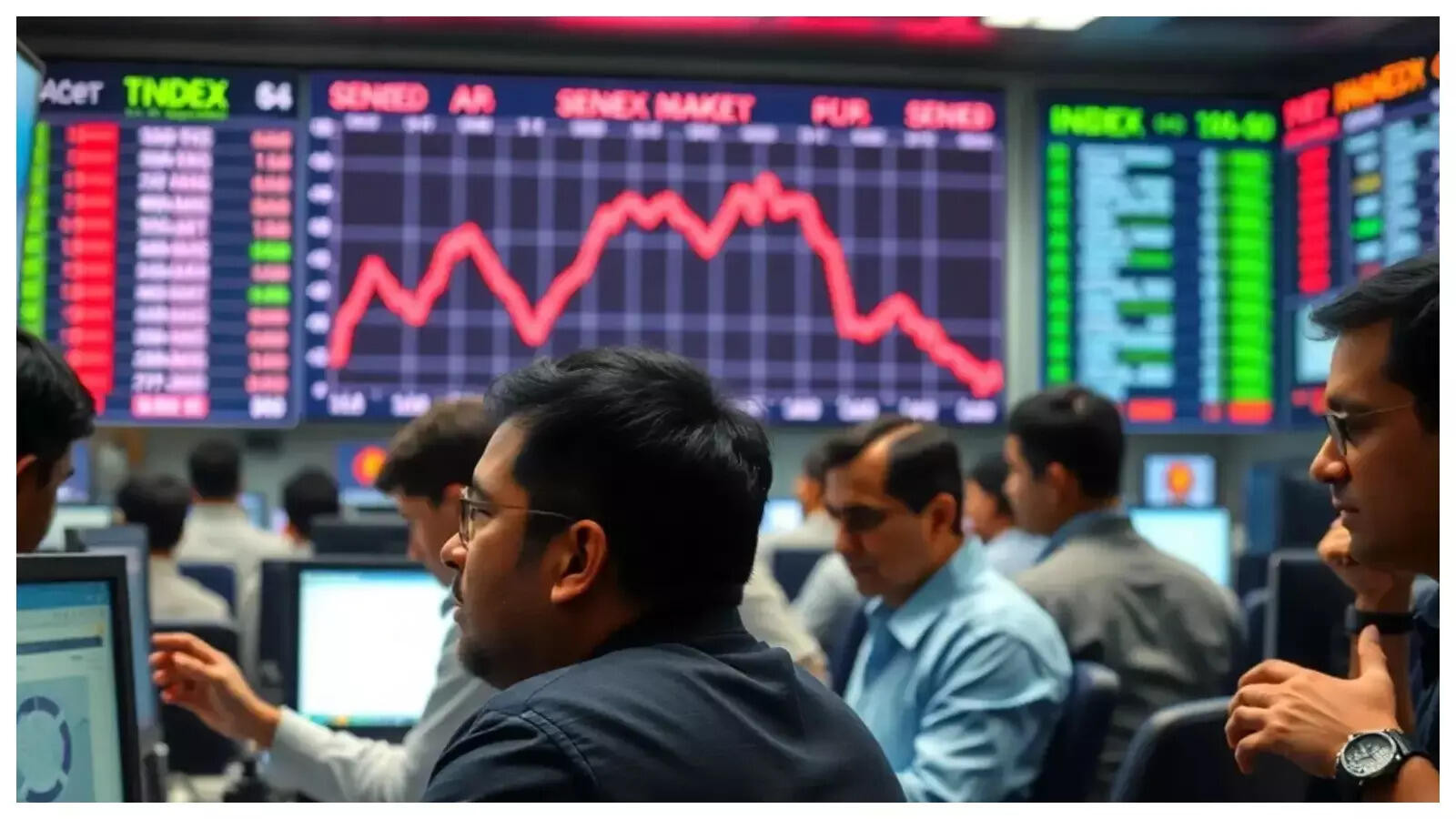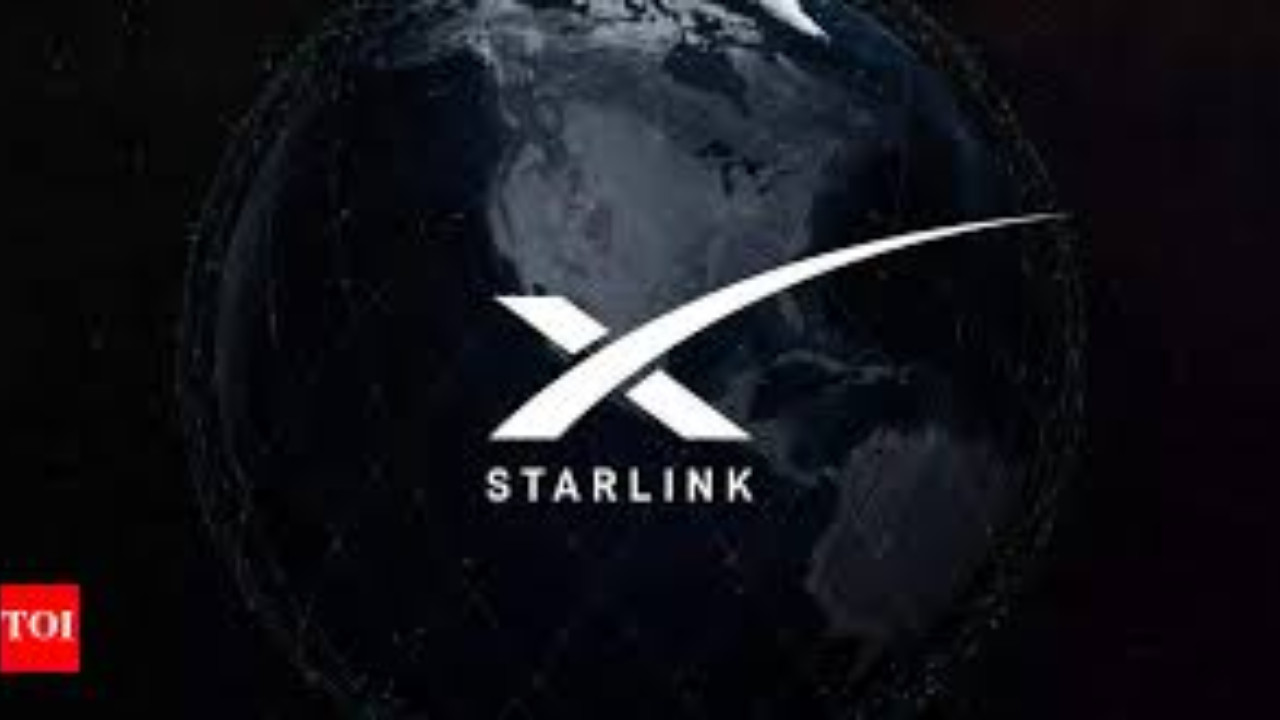TSMC is aggressively expanding its US presence with accelerated construction of its Arizona fabs, aiming to create a major semiconductor hub. The company’s investment includes multiple fabs utilizing advanced technologies like 2nm and A16 processes. While expanding globally to Japan and Germany, TSMC anticipates short-term financial pressures due to higher operating costs at international sites.
Arizona: From Desert Landscape to Semiconductor Heartland?
For decades, Taiwan Semiconductor Manufacturing Company (TSMC) has reigned supreme as the world’s leading chipmaker. Now, the company is making bold moves to diversify its global footprint, with Arizona emerging as a crucial piece of its expansion puzzle. Forget tumbleweeds and cacti; the future of Arizona might just be silicon wafers and cutting-edge technology.
But why Arizona? And what does this mean for the global semiconductor landscape? Let’s dive into TSMC’s ambitious plans.
TSMC’s Arizona Investment: Building a Gigafab Cluster
TSMC isn’t just dipping its toes in the Arizona desert; it’s diving headfirst. The company envisions establishing a massive “gigafab” cluster in the state. This isn’t a single factory, but rather a sprawling complex of advanced manufacturing facilities, designed to churn out the sophisticated chips that power everything from our smartphones to the most advanced AI systems.
This strategic move addresses several key priorities for TSMC. Firstly, it mitigates geopolitical risks associated with concentrating production in Taiwan. Secondly, it strengthens supply chain resilience, making the availability of critical semiconductors less vulnerable to disruptions. And thirdly, it brings advanced chip manufacturing closer to key customers in the United States, streamlining logistics and potentially lowering costs.
The initial investment is substantial, with billions of dollars already committed to building these state-of-the-art facilities. And TSMC isn’t stopping there. The company is actively exploring opportunities to further expand its Arizona operations, suggesting that this is just the beginning of a long-term commitment to the state. The economic impact on Arizona will be profound, creating thousands of high-paying jobs and attracting a wave of supporting industries.

The Implications for the Semiconductor Industry
TSMC’s move to Arizona has ripple effects throughout the global semiconductor industry. For one, it signifies a broader trend of onshoring and nearshoring manufacturing. Governments and companies alike are recognizing the importance of geographically diversifying critical supply chains. This is especially true for semiconductors, which are fundamental to modern economies.
Moreover, TSMC’s presence in Arizona will likely spur innovation and competition. The proximity to U.S. technology companies and research institutions could foster collaboration and accelerate the development of next-generation chip technologies. This, in turn, could benefit consumers through faster, more efficient, and more affordable devices.
However, there are also challenges to consider. Building and operating advanced semiconductor fabs requires a highly skilled workforce, and TSMC will need to invest in training and education programs to develop the talent pool necessary to sustain its Arizona operations. Furthermore, the cost of manufacturing in the United States is generally higher than in Asia, which could impact TSMC’s profitability.
Beyond Arizona: TSMC’s Global Ambitions
While Arizona is a focal point, TSMC’s global expansion strategy extends beyond U.S. borders. The company is also investing in new facilities in Japan and Europe, further diversifying its manufacturing base. This multi-pronged approach reflects TSMC’s commitment to serving its global customer base and navigating an increasingly complex geopolitical landscape.
By establishing a presence in multiple regions, TSMC aims to become a truly global chipmaker, capable of meeting the diverse needs of its customers while mitigating risks associated with concentrating production in a single location. This is a significant departure from the company’s historical focus on Taiwan and represents a bold new chapter in its history. Consider reading about some of the strategies implemented for [supply chain management](internal_link_to_related_content).
Will Arizona Become the Next Semiconductor Hotspot?
TSMC’s investment in Arizona is undoubtedly a game-changer. It has the potential to transform the state into a major semiconductor hub, attracting further investment and creating a thriving ecosystem of related industries. However, success is not guaranteed.
TSMC will need to overcome challenges related to workforce development, cost competitiveness, and regulatory hurdles. Furthermore, the company will need to adapt to the unique cultural and business environment of the United States. But if TSMC can successfully navigate these challenges, Arizona could indeed become the next global hotspot for semiconductor manufacturing. The desert sun might soon be reflecting off the gleaming surfaces of countless microchips.
Final URL Slug: tsmc-arizona-semiconductor-gigafab







